Science News Magazine: Current Issue
Vol. 183 No. #12
Trustworthy journalism comes at a price.
Scientists and journalists share a core belief in questioning, observing and verifying to reach the truth. Science News reports on crucial research and discovery across science disciplines. We need your financial support to make it happen – every contribution makes a difference.
More Stories from the June 15, 2013 issue
-
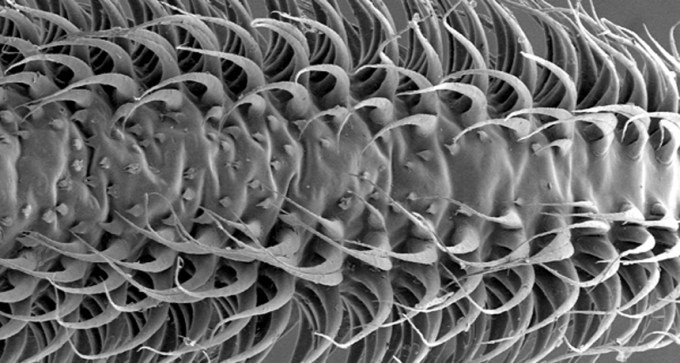 Animals
AnimalsTongue bristles help bats lap up nectar
High-speed videos capture stretched-out tongue bumps that stretch out so nectar-feeding bats can slurp up their food.
By Meghan Rosen -

-
 Space
SpaceAtom’s core gets pear-shaped
Tapering asymmetry of some nuclei confirms predictions.
By Andrew Grant -
 Humans
HumansEurope is one big family
Continent's ancestry merges about 30 generations ago, genetic study finds
By Meghan Rosen -
 Health & Medicine
Health & MedicineBlack women may have highest multiple sclerosis rates
Large study counters common assumption that whites get MS more.
By Nathan Seppa -
 Earth
EarthThe Arctic was once warmer, covered by trees
Pliocene epoch featured greenhouse gas levels similar to today's but with higher average temperatures.
By Erin Wayman -
 Psychology
PsychologyBrain training technique gets a critique
In a new study, a popular style of memory workout leaves reasoning and mental agility flat.
By Bruce Bower -
 Life
LifeBody’s clock linked to depression
Gene activity in the brain suggests that circadian rhythms are off-kilter in people with depression.
-
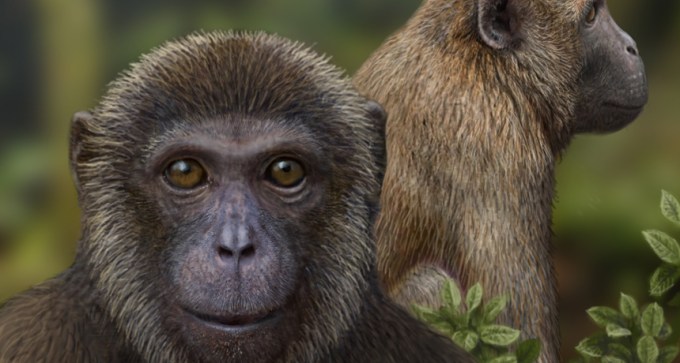 Life
LifeFossils point to ancient ape-monkey split
Apes and monkeys split from a common ancestor more than 25 million years ago, fossil finds suggest.
By Bruce Bower -
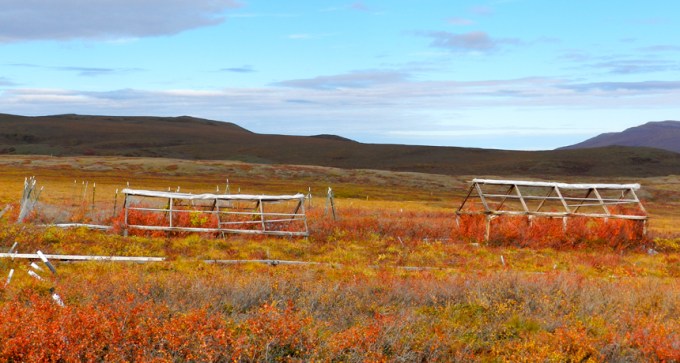 Climate
ClimateWarming may not release Arctic carbon
Element could stay locked in soil, 20-year study suggests.
By Erin Wayman -
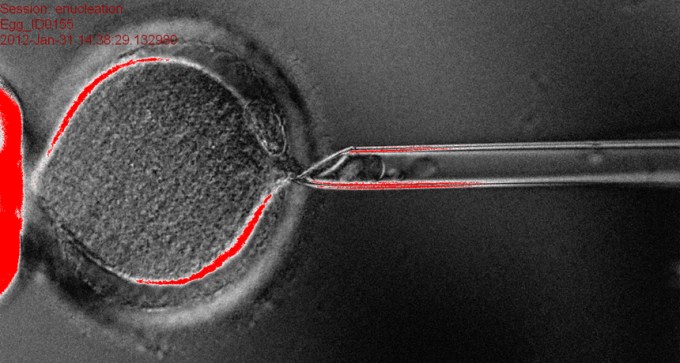 Life
LifeCloning produces human embryonic stem cells
Fine-tuning of technique used in other animals could enable personalized medicine.
By Meghan Rosen -
 Materials Science
Materials Science3-D imaging, pixel by pixel
Easy technique uses inexpensive equipment to make three-dimensional rendering.
By Andrew Grant -
 Planetary Science
Planetary ScienceGone perhaps, but Kepler won’t soon be forgotten
Astronomers look forward to building on the planet-hunting telescope's discoveries.
By Andrew Grant -

-

-

-
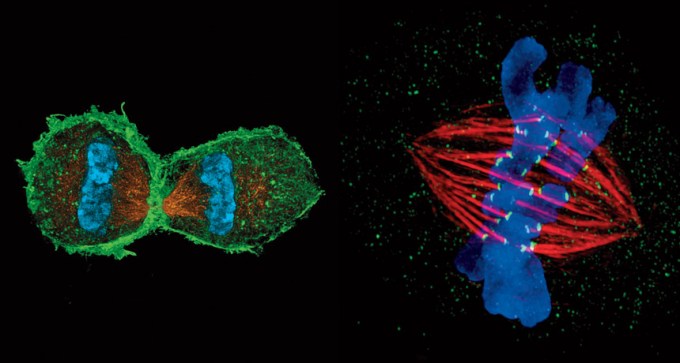 Life
LifeView to a cell
In 2013, Science News published a photo essay highlighting advances in microscopy that illuminate life within us, work that has now earned three researchers the 2014 Nobel Prize in chemistry.
-

-

Letters to the editor
Wet Earth Erin Wayman’s article “Faint young sun” (SN: 5/4/13, p. 30), about how the early Earth stayed warm enough for liquid water, made me wonder about the effect of the temperature of the planet itself. A hotter core, thinner crust, more volcanism — wouldn’t those factors in addition to atmospheric influences affect surface temperature? […]
By Science News -
 Planetary Science
Planetary ScienceThirty years to Mars
Excerpt from the June 15, 1963, issue of Science News Letter.
By Nathan Seppa -
 Animals
AnimalsTwo books explore the weirdest life on Earth
Zombie Birds, Astronaut Fish and Other Weird Animals by Becky Crew and Weird Life by David Toomey.
By Susan Milius
